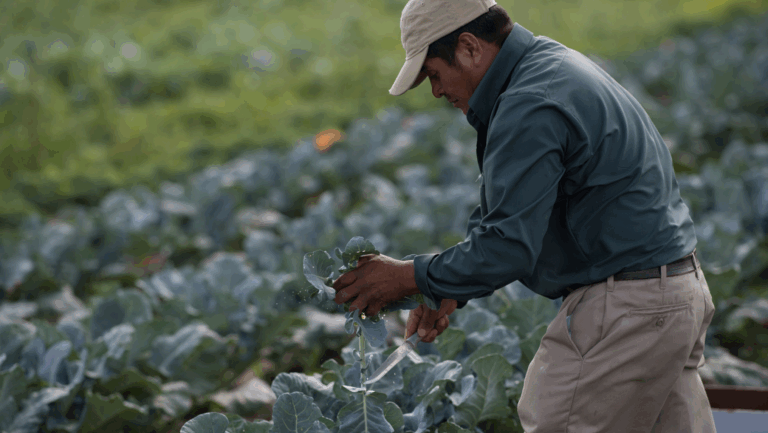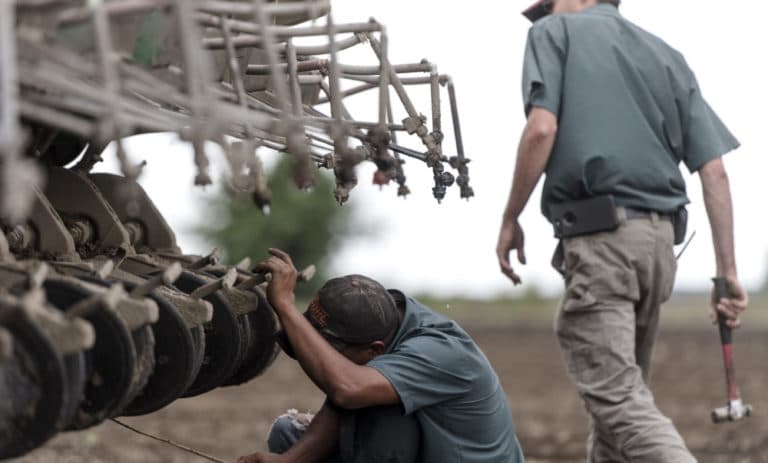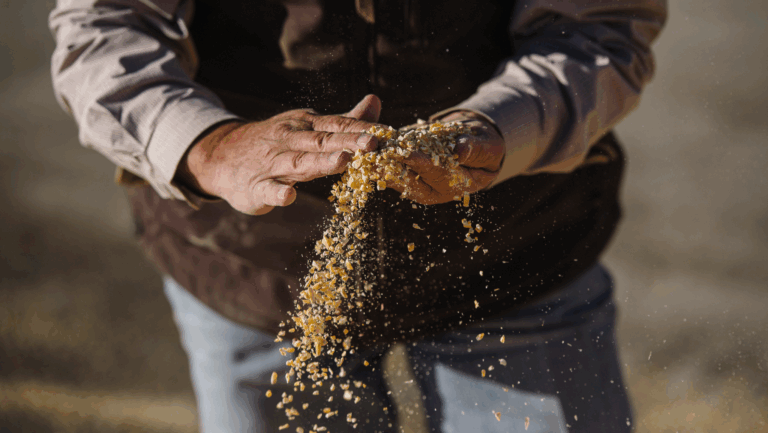How Federal Government Shutdowns Affect Agriculture
Many farmers rely on government programs to keep their operations running.
The government plays a big role in farm income, from providing crop insurance to facilitating USDA programs that pay farmers to take advantage of sustainable practices. The USDA is also a big source of information, and many farmers, economists, and agricultural reporters rely on their data to understand the market.
What happens to farmers when the government shuts down? Which programs are affected, and which continue to run? In this article, we answer those questions and more.
Why Do Federal Government Shutdowns Happen?
A government shutdown occurs when Congress fails to pass appropriations bills, which are responsible for financing the government’s operations for the upcoming fiscal year. These bills are intended to provide funding until the fiscal year’s end on September 30th.
Congress rarely passes appropriations bills on time. In the last 50 years, Congress has only met their deadline four times. In these instances, Congress can pass a continuing resolution (CR), which is a temporary measure that keeps the government funded at the same level.
If appropriations are still not signed into law by the end of the CR deadline, the government will begin to shut down.
Which Departments Are Affected by Federal Government Shutdowns?
The specific departments and agencies affected depend on which appropriations bills Congress has passed before the shutdown deadline. When no funding measures are approved, most federal agencies must scale back operations, with only essential functions continuing.
As of October 1, 2025, Congress failed to pass either a new appropriations package or a continuing resolution, triggering a full federal government shutdown at the start of fiscal year 2026. This means departments across the board—including the U.S. Department of Agriculture (USDA), Department of Energy, Department of Transportation, Department of Commerce, and Department of Interior—are facing furloughs and service interruptions.
During a federal government shutdown, hundreds of thousands of federal employees are typically furloughed, while many others continue working without pay under “excepted” status to carry out essential services such as national security, food safety, and emergency response. The exact number depends on the scope of the shutdown and each agency’s contingency plan..
Each agency has contingency or “lapse in funding” plans that determine which programs continue. For example:
- The USDA is suspending new farm loans, conservation payments, and certain regulatory programs, but will maintain emergency response and food safety inspections.
- Nutrition programs like WIC are at risk of running out of funds within weeks, while SNAP is temporarily continuing under carryover funding.
- Data and reporting functions, such as crop reports and economic forecasts, are halted until the shutdown ends.
The 2025 shutdown highlights how disruptions across multiple federal agencies can quickly ripple into agriculture, raising questions about which farm and food programs are directly affected.
Which Agricultural Programs Are Affected by Federal Government Shutdowns?
To understand which programs are most vulnerable during a shutdown, it’s important to distinguish between mandatory and discretionary funding.
- Mandatory funding is provided by laws outside the annual appropriations process. These programs, such as crop insurance, commodity support payments, and certain conservation programs, continue even during a shutdown.
- Discretionary funding is determined through annual appropriations bills. This category includes funding for USDA research, rural development, regulatory programs, and technical assistance. When appropriations lapse, these programs are the first to be suspended.
Because shutdowns occur when appropriations bills are delayed, discretionary programs are most directly affected. For farmers and ranchers, this can mean disruptions in service, delayed payments, and uncertainty in market information.
Here’s a brief overview of how government shutdowns impact agriculture:
| Area | Impact / Risk | Examples |
|---|---|---|
| Farm payments & loans | Delays or suspensions | New USDA loans halted; conservation and disaster payments paused |
| Agency support & local offices | Reduced staff, office closures | Fewer staff at USDA county offices; technical assistance suspended |
| Regulatory oversight | Limited enforcement & certification | National Organic Program, Packers & Stockyards oversight paused |
| Nutrition & food aid programs | Funding strain, possible lapses | WIC at risk of running out of funds within weeks |
| Data & market reports | Suspended releases | Crop production reports and WASDE delayed |
| Emergency response | Mostly protected | Animal/plant health emergencies continue, but routine inspections delayed |
Impact on Crop and Livestock Markets
When the government shuts down, it affects how information about commodities, like crops and livestock, is collected and shared. This can create uncertainty for farmers and traders because they rely on this information to make decisions about buying and selling. With less data available, it’s harder to predict market trends accurately. As a result, commodity prices may become more volatile, meaning they could go up and down more dramatically than usual. This volatility can make it challenging for farmers to plan and manage their businesses effectively.
How Farmers Can Navigate Government Shutdown Threats
To avoid being blindsided by a government shutdown, farmers should stay up to date on the latest farm policy and news, and stay aware of funding deadlines. If a government shutdown is anticipated, review your income sources to understand what could be affected.
If you expect to be heavily impacted by a shutdown, you may also consider a short-term interest-only loan to get access to temporary cash flow until funding is reestablished.
If you’re worried about your farm cash flow, or you have questions about your options, don’t hesitate to contact us. AgAmerica works with farmers every day to help them weather economic downturns and grow more sustainable balance sheets.






